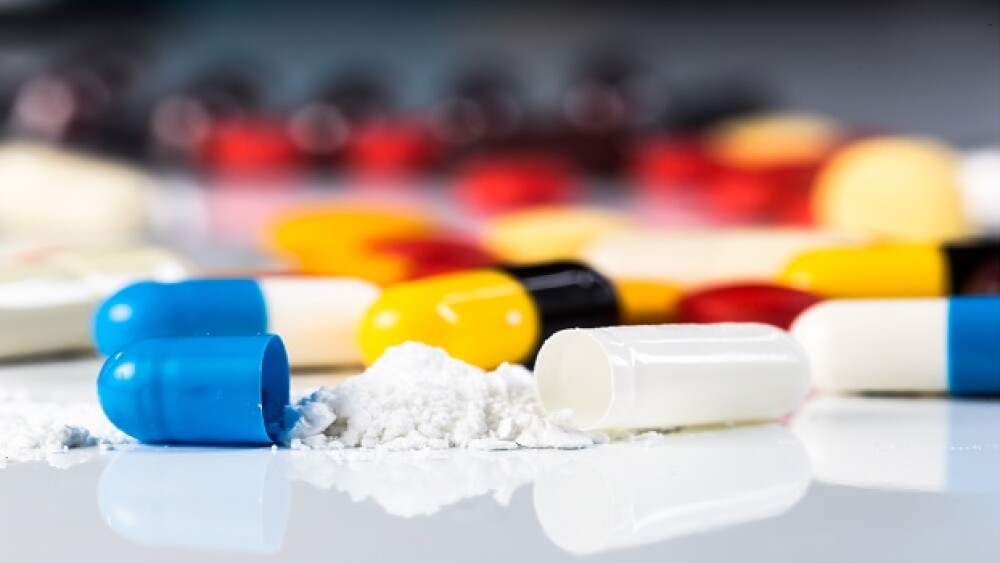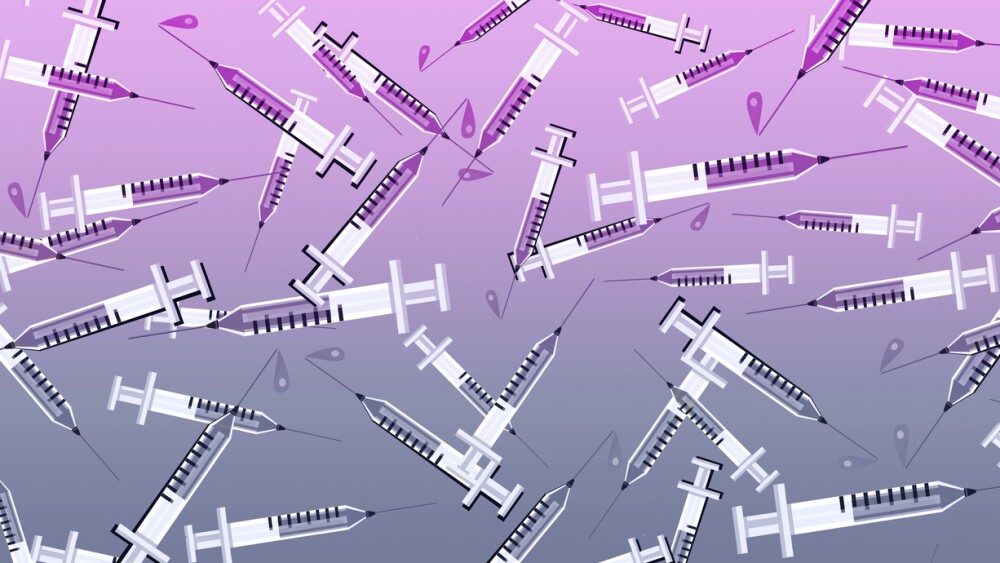Nabriva Therapeutics reported positive topline results from its Phase III clinical trial of oral lefamulin compared to oral moxifloxacin in adults with moderate community-acquired bacterial pneumonia (CABP).
Nabriva Therapeutics reported positive topline results from its Phase III clinical trial of oral lefamulin compared to oral moxifloxacin in adults with moderate community-acquired bacterial pneumonia (CABP).
The trial, dubbed Lefamulin Evaluation Against Pneumonia (LEAP 2), the second of two global, pivotal Phase III trials of lefamulin, compared the safety and efficacy of five days of oral lefamulin to seven days of oral moxifloxacin. The results from its first Phase II trial, where an IV to oral lefamulin was found to be non-inferior to IV to oral moxifloxacin with or without linezolid, was reported in September 2017.
In LEAP 2, the primary endpoint was non-inferiority compared to moxifloxacin for early clinical response (ECR) assessed 72 to 120 hours after therapy started. ECR was 90.8 percent for the five-day treatment of lefamulin and 90.8 percent for the seven-day treatment course of moxifloxacin.
“Today marks an exciting advance in the treatment of CABP as we are one step closer to potentially making a much-needed new class of antibiotics available to patients and health care providers,” said Jennifer Schranz, Nabriva’s chief medical officer, in a statement. “Lefamulin has the potential to be the first-in-class pleuromutilin antibiotic available for IV or oral administration, and results from LEAP 2 provide additional evidence of its efficacy and tolerability in the treatment of adult patients with CABP.”
The antibiotic also met the European Medicines Agency (EMA)’s primary endpoint of non-inferiority compared to moxifloxacin.
Nabriva expects to submit a marketing application to the U.S. Food and Drug Administration (FDA) in the fourth quarter of this year.
At the company’s first-quarter financial report on May 8, it noted it had $90 million in cash and investments as of March 31, enough to fund operations into the first quarter of 2020. It reported a new loss of $13.3 million or $0.36 per share, with research-and-development expenses of $2.4 million and G&A expenses of $10.1 million. The increase of G&A was primarily due to advisory and external consulting expenses related to pre-commercialization activities.
On March 27, it launched a collaboration deal with an affiliate of Roivant Sciences, do develop and commercialize lefamulin in China. Nabriva received an upfront payment of $5 million and will be eligible for up to about $95.5 million in additional payments based on various milestones for lefamulin. It will also be eligible for low double-digit royalties on sales in approved territories.
In a statement at the time, Colin Broom, Nabriva’s chief executive officer, said, “Subject to the receipt of positive data from LEAP 2, we plan to file an NDA for lefamulin with the U.S. Food and Drug Administration in the fourth quarter of this year and an MAA with the European Medicines Agency a few months later. We have further prioritized our planned pre-commercial activities and anticipate that our current cash resources will be sufficient to fund our operations beyond a potential mid-2019 NDA approval and into the first quarter of 2020. Our highly experienced anti-infectives team, including medical affairs, market access and commercial professionals, will continue to focus on critical pre-launch activities. Our priority is to increase awareness of the burden of CABP in the medical community and identify institutions that have a high unmet medical need and could benefit from lefamulin should it be approved.”





